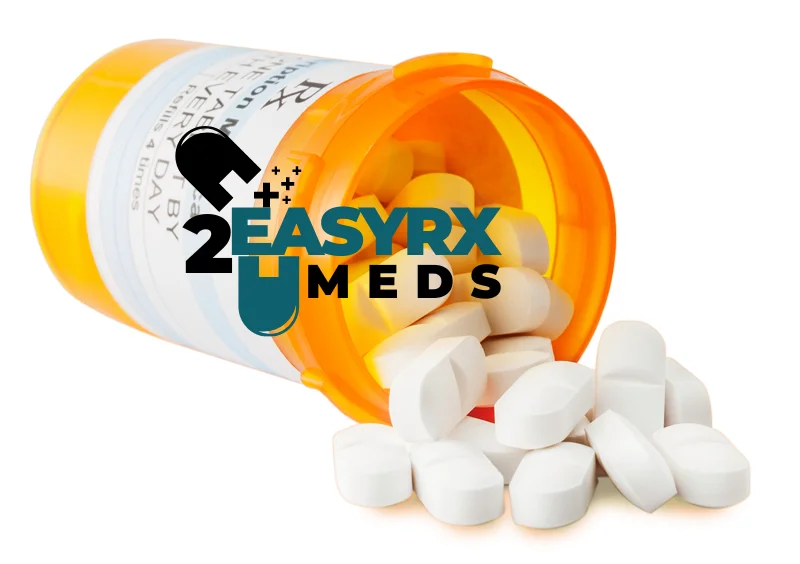There is no item in your cart
Introduction of Methadone:
Methadone dosage is a synthetic opioid used primarily in the treatment of opioid use disorder and chronic pain management. Here’s an overview of its introduction and usage:
History
- Development: Methadone dosage was first synthesized in Germany in 1937 by chemists Max Bockmühl and Gustav Ehrhart. It was initially developed as a pain reliever.
- Post-World War II: It gained prominence in the 1960s as a treatment for heroin addiction, particularly in the U.S., during the opioid epidemic.
Mechanism of Action
- Opioid Receptor Agonist: Methadone dosage acts on the mu-opioid receptors in the brain, producing analgesic effects and helping to alleviate withdrawal symptoms in individuals dependent on other opioids.
- Long Half-Life: Its long duration of action allows for once-daily dosing, making it a practical option for maintenance therapy in addiction treatment.
Uses
- Opioid Use Disorder (OUD): Methadone dosage is a key component of medication-assisted treatment (MAT) for OUD, helping to reduce cravings and withdrawal symptoms.
- Pain Management: It is also prescribed for chronic pain, especially in patients who may not respond well to other opioids.
Considerations and Risks
- Side Effects: Common side effects include constipation, sedation, nausea, and respiratory depression. It can also lead to dependence and withdrawal symptoms.
- Drug Interactions:It can interact with various medications, which may increase the risk of overdose or reduce its effectiveness.
Regulation
- Controlled Substance: it is classified as a Schedule II controlled substance in the U.S., meaning it has a high potential for abuse and requires careful monitoring.
Benefits:
1. Effective for Opioid Use Disorder (OUD)
- Reduces Cravings: It helps reduce cravings for other opioids, making it easier for individuals to abstain from illicit drug use.
- Alleviates Withdrawal Symptoms: It mitigates withdrawal symptoms, allowing individuals to stabilize and focus on recovery.
- Long-Term Maintenance: Its long half-life supports once-daily dosing, which can enhance adherence to treatment.
2. Pain Management
- Analgesic Properties: It is effective for managing moderate to severe pain, especially for patients who have not responded to other pain medications.
- Versatile Use: It can be used for a variety of pain conditions, including cancer pain and neuropathic pain.
3. Low Risk of Euphoria
- Ceiling Effect: Compared to other opioids, methadone has a lower potential for euphoria at therapeutic doses, reducing the likelihood of misuse and addiction in some patients.
4. Increased Stability
- Normalizes Functioning: Many individuals on methadone treatment report improved social, occupational, and psychological functioning, enabling them to reintegrate into society more effectively.
5. Structured Treatment
- Supportive Environment: It is often dispensed in clinic settings that provide counseling and support services, fostering a comprehensive approach to recovery.
- Monitoring: Regular monitoring by healthcare providers can help identify and address potential issues early.




Reviews
There are no reviews yet.